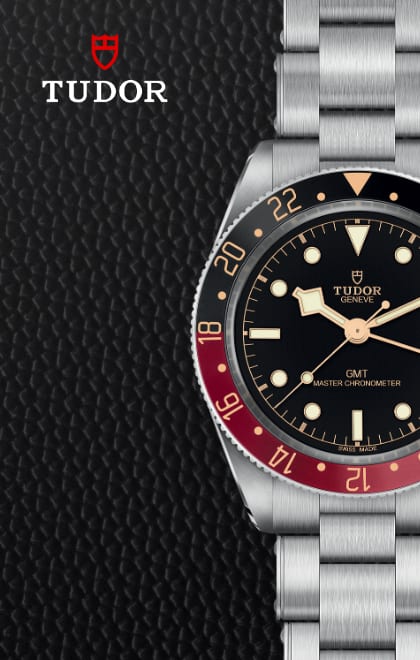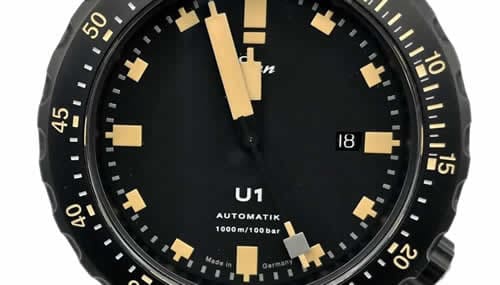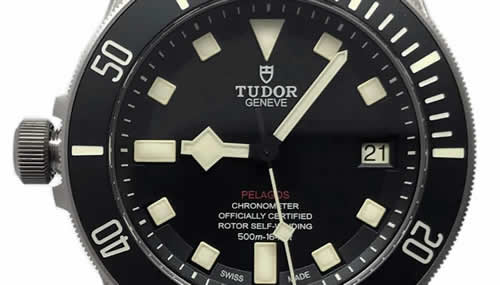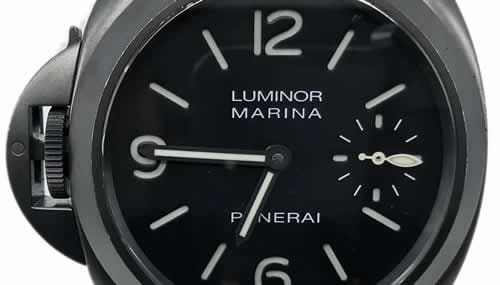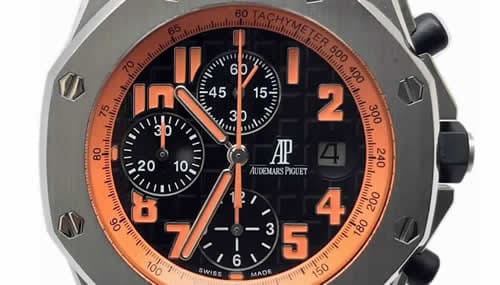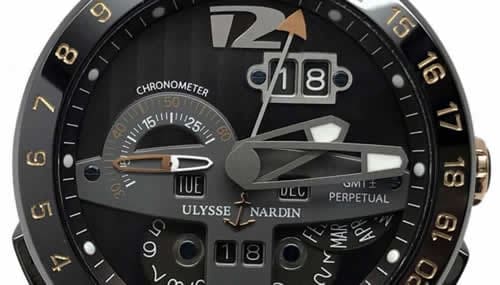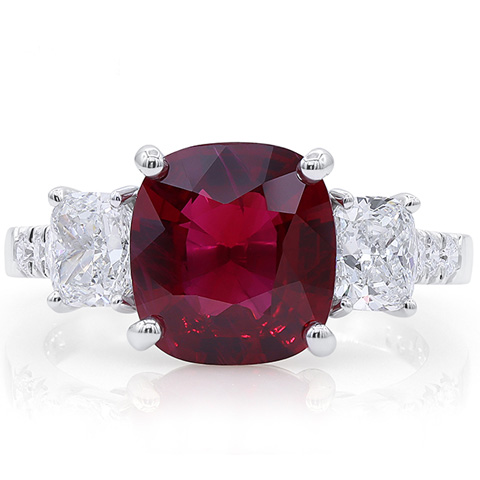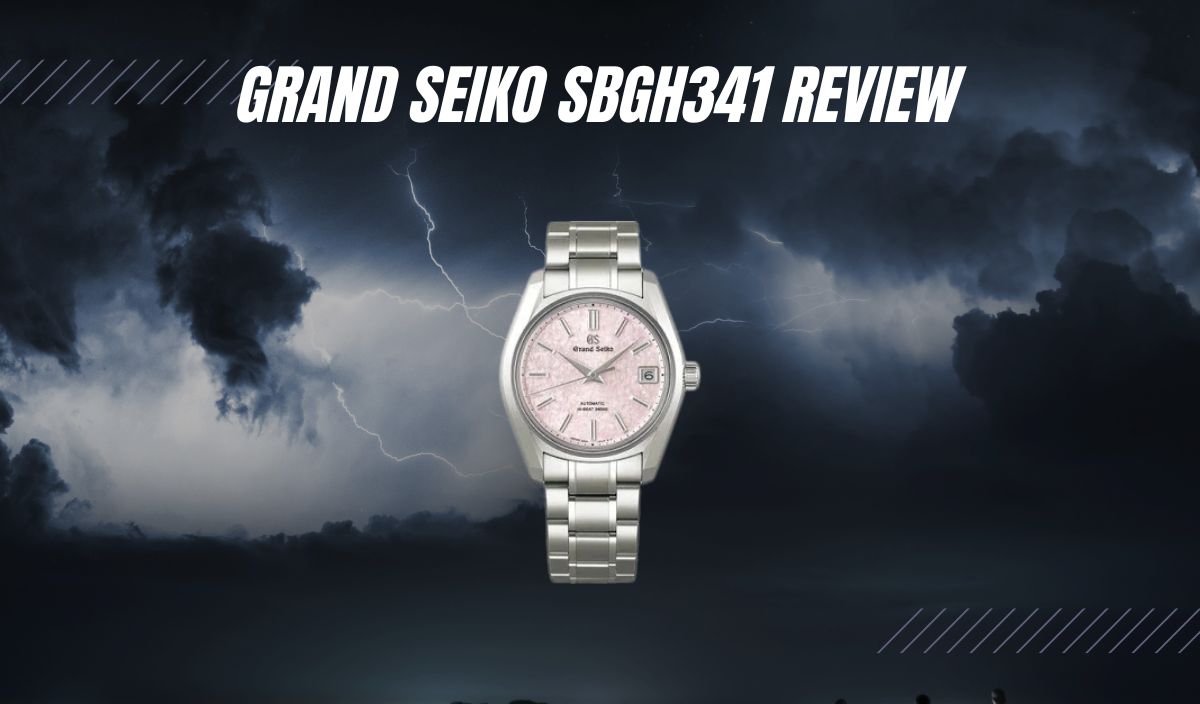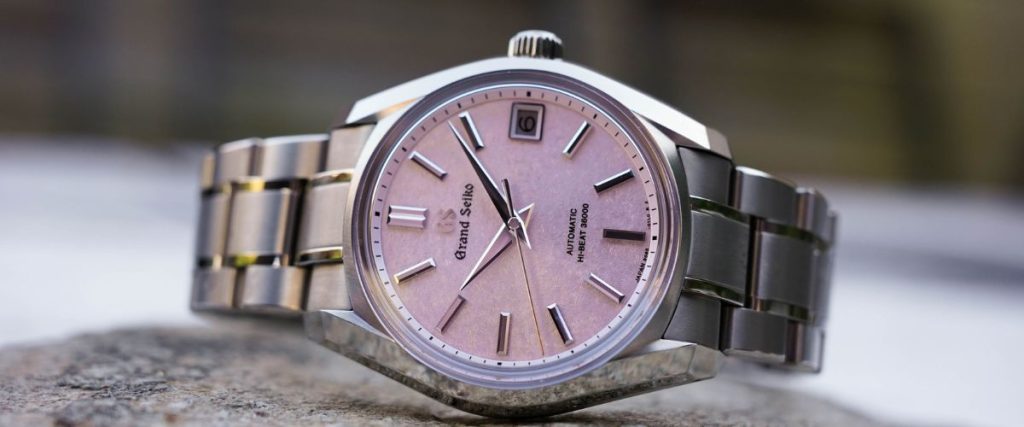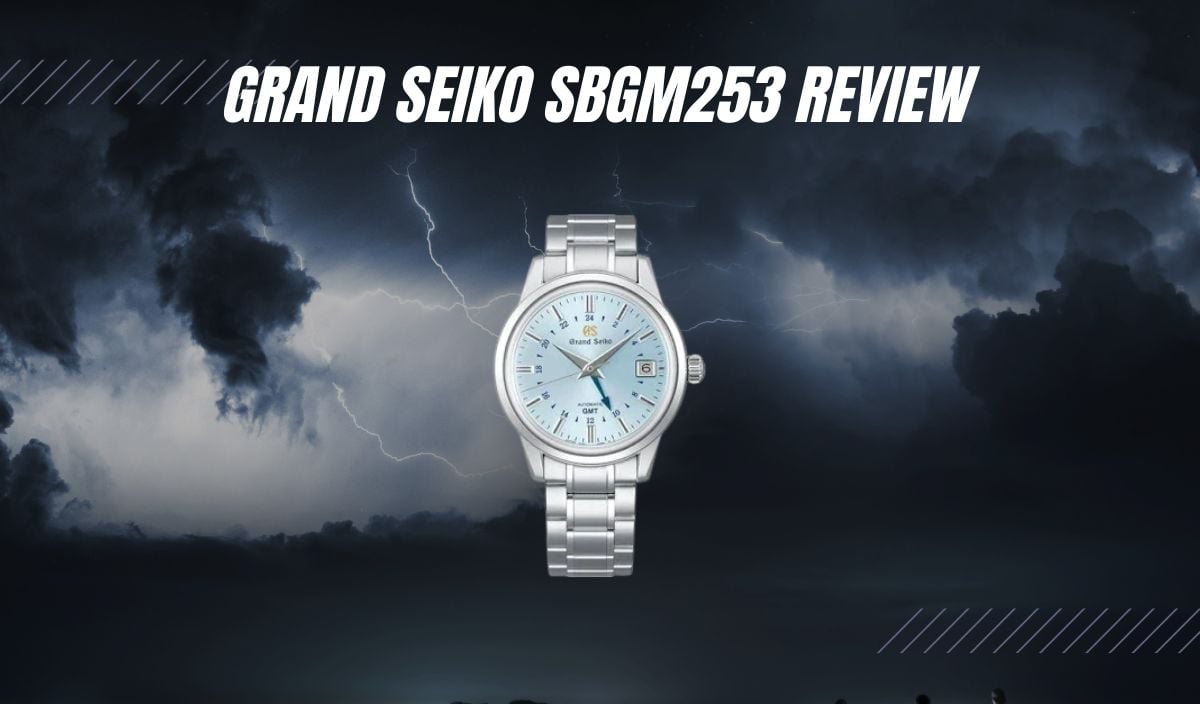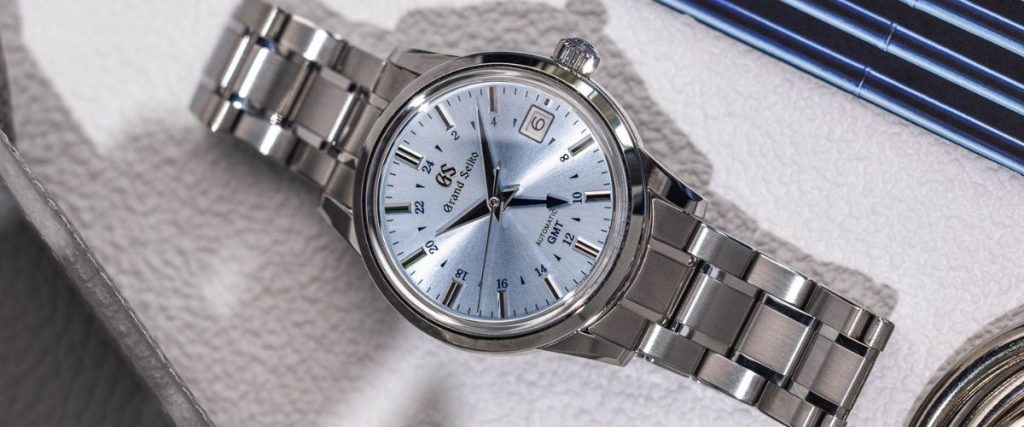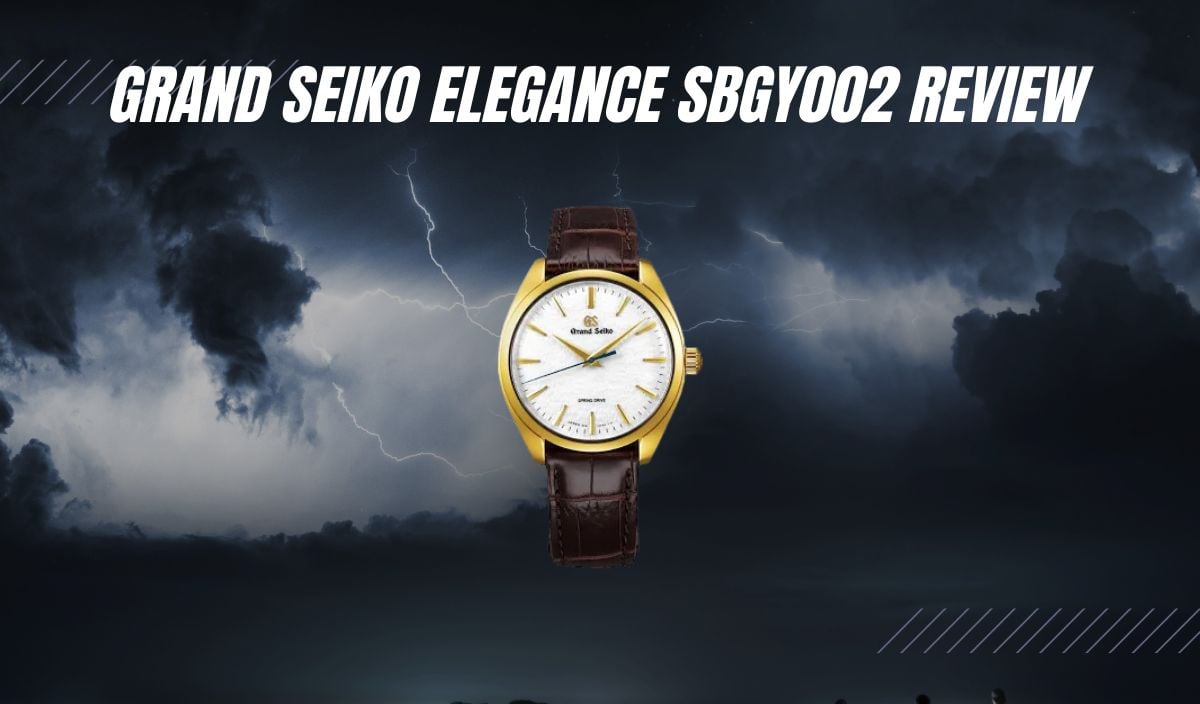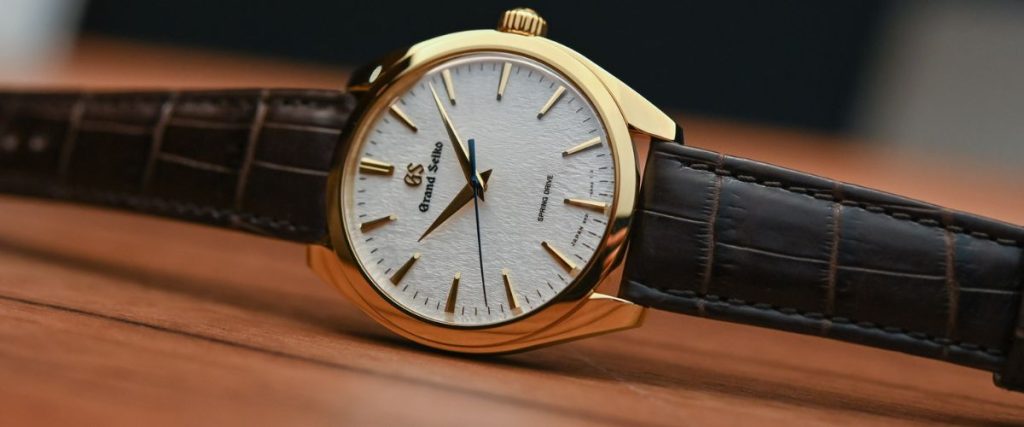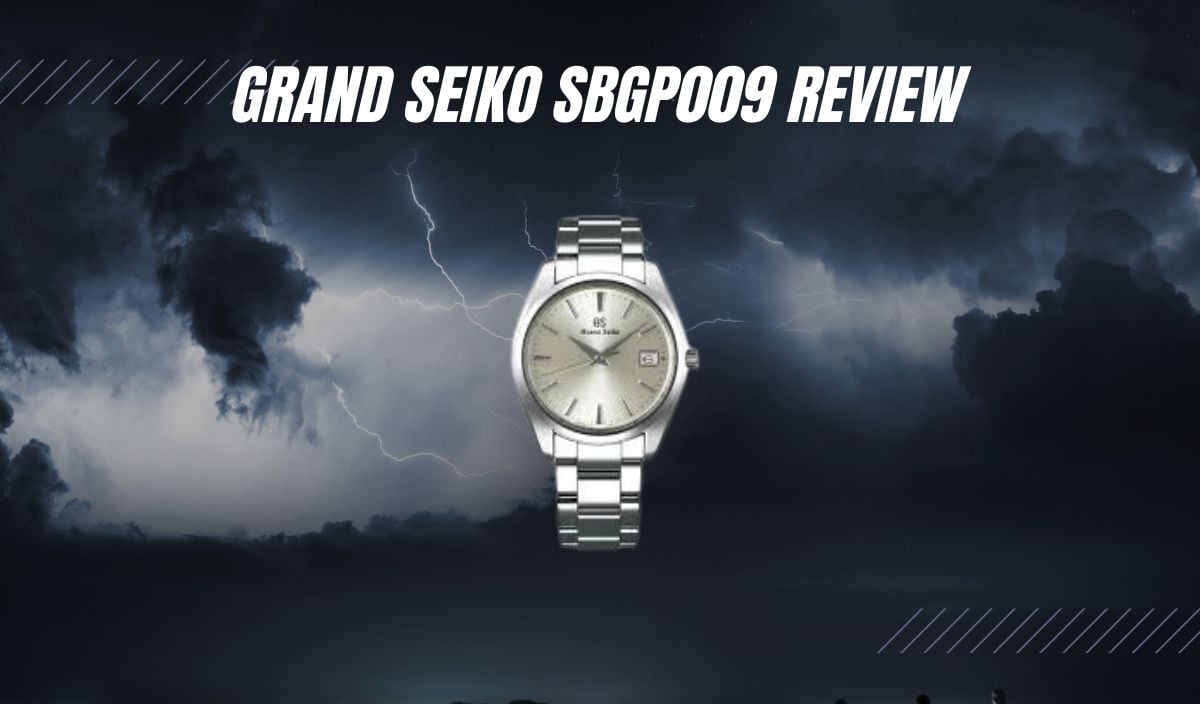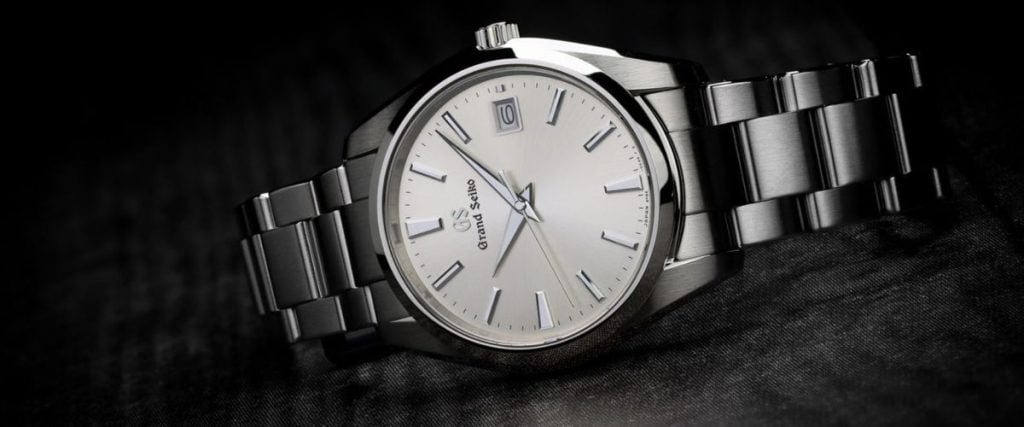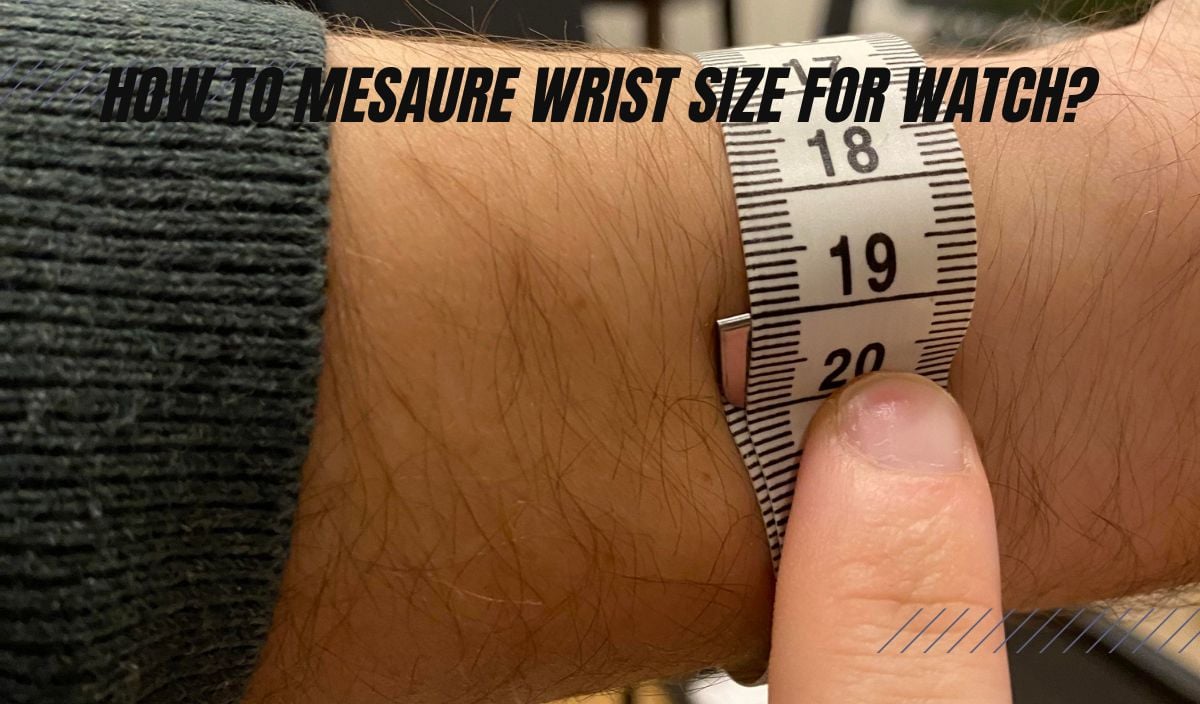
You wouldn’t walk around in shoes two sizes too big nor a hat so small it gives you a headache, so why would you wear a watch that isn’t properly sized to your wrist? If you’re here, you’re likely thinking about getting a new watch, or maybe you’ve just picked one up, and now you’re wondering if it’s the right size for your frame.
The right-sized watch can make all the difference. Sure, comfort is essential because, at the end of the day, you’re likely going to be wearing this timepiece for days at a time – so it needs to feel good. But it’s also about balance and aesthetics.
A watch that looks obviously too big for you will look out of place and most likely be uncomfortable. Equally, a watch too small will feel awkward and might get lost on your wrist, making it look less like a statement piece and more like an afterthought.
If you’re spending your hard-earned money on a luxury timepiece, it deserves to look right, giving you that sharp and stylish vibe you’re after. So, how do you find the perfect-sized watch for your wrist? And what’s the best way to measure your wrist for a watch? Join us as we walk you through everything you need to know to become a wrist-sizing pro.
Why is a Proper Watch Size Important?
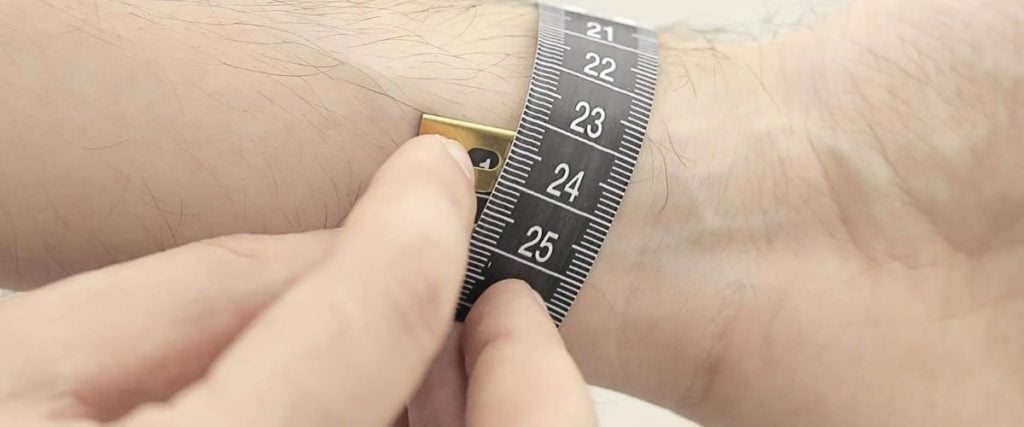
At the end of the day, I truly believe you should wear whatever watch you want. If someone says a particular timepiece looks too big on you, but you love the look of it – go for it. It’s the same if you’re someone with a big frame but adore the vibe of a small, vintage-inspired timepiece.
If you like it, then the rest doesn’t matter. That said, your watch does deserve to be comfortable, and we’d hate for you to shop online and spend money on a watch that ultimately doesn’t look right in person.
For starters, the size of your watch will largely dictate how comfortable it sits on your skin. If the watch is too big, it might feel bulky, slide around, and even get in the way. It also won’t look great, making your wrist look like it’s drowning in a sea of metal and leather. On the other hand, if it’s too small, it might pinch, look out of place, and generally feel awkward.
My biggest piece of advice when trying a watch on for size is to think like this: your watch should feel like an extension of your arm and not something that is constantly making you aware of its presence.
Don’t get me wrong, it’s fine to have a watch that stands out in other ways, whether that’s with a unique case design or a bright-colored dial, but when it comes to size, it’s best to wear something that fits properly so you can enjoy it as you go about your day.
Plus, wearing the right watch size means your timepiece will last longer because it won’t be constantly slipping, knocking, or getting caught on things. If you’re spending good money on a luxury timepiece, it deserves to be well taken care of, and one of the best ways to do that is to ensure it sits snugly and safely on your wrist.
How to Determine Your Wrist Size
Before you start shopping for a watch or making adjustments to a timepiece you already own, you need to know your wrist size. It’s super easy to figure out, and there are plenty of options in case you’re limited with the tools you have at hand. Here are the three most common methods for figuring out your wrist size.
Using a Piece of String
Using a piece of string to figure out your wrist size is probably one of the easiest methods. You don’t need any fancy tools, just a piece of string or a thin piece of paper and a ruler.
Step 1: Start by grabbing your string or paper strip and wrapping it around your wrist where you’d normally wear your watch. Make sure the string is snug but not too tight. You want to simulate how the watch will sit.
Step 2: Use a pencil to mark where the string or paper overlaps to get your wrist circumference.
Step 3: Lay the string or paper flat on a table and measure the length with a rule.
This method is great for getting a quick measurement and is super easy to do. However, just be careful, as it’s not always the most accurate since strings can stretch or twist. Still, if you’re in a pinch, it can work just fine!
Using a Measuring Tape
For a more accurate reading, use a soft measuring tape. No, not the metal kind you use in construction, but the soft, ribbon-like version that is used by tailors. This way, it’ll mold effortlessly around your wrist and give you a quick and easy reading of your wrist size.
Step 1: Grab a flexible measuring tape and wrap it around your wrist at the point where you would wear your watch.
Step 2: Note the measurement where the tape meets the zero point.
This option is great for getting your wrist size down to the millimeter. It’s precise, and there’s no need to worry about guesstimating or accidentally stretching anything.
Using an Online Watch Size Guide
Thanks to the magic of the internet, there are also plenty of watch size guides and tools available online. These guides often let you print out a ruler or a wrist measuring guide that you can wrap around your wrist for an accurate measurement.
Some websites even offer calculators where you can enter your wrist size, and they’ll recommend the perfect watch diameter for your wrist. But remember, tools like this are just guidelines, and they shouldn’t stop you from wearing oversized or undersized watches if that’s the look you like.
Step 1: Find an online watch size guide and print it out. Just make sure it’s printed to scale!
Step 2: Cut out the wrist-sizing strip and wrap it around your wrist, following the instructions.
Step 3: Record the measurement and compare it to their watch size recommendations.
The advantage of using an online guide is that they often provide not just wrist circumference but also suggest the ideal watch case diameter for your wrist size. This way, you get both the fit and the look that works for you.
How to Size Your Watch Bands
Just as the diameter and thickness of your watch’s case are important, the sizing of your watch band is essential to make sure your timepiece sits comfortably and looks the part. Watch straps come in different styles and materials and require a different approach to sizing depending on which one you choose. Here’s how to get the right fit for a few of the most popular watch band styles:
Leather and Fabric Straps
Leather and fabric straps usually come with a series of holes punched in the strap. To size these, simply adjust the buckle to a hole that feels snug but not tight.
You should be able to fit a finger between your wrist and the band, but the watch shouldn’t be sliding around. If you find that none of the pre-punched holes give you the perfect fit, don’t worry. Many watch stores and jewelers can punch additional holes to customize the fit for you.
Metal Bracelets
Sizing metal bracelets is generally a little trickier than simply adjusting the buckle into the next hole on a leather or fabric strap. They often need to be resized by adding or removing links.
If you’re not comfortable doing this yourself, you can always drop your watch off with a local jeweler who will be able to do it for you. Alternatively, you can try it yourself. It’s a good skill to learn, especially if you’re into your watches!
To resize your metal bracelet, try on your watch as it comes to see how it fits with all the links intact. If it’s too loose, you’ll need to remove some of the links. If it’s too tight, you’ll need to add in some extras. Every metal bracelet is different, so before you begin resizing, be sure to read the manufacturer’s instructions.
Typically, the bracelet’s links will be held together using small pins. These can be removed using a clever tool called a pin pusher. We recommend removing links evenly on both sides of the clasp to keep the watch balanced. The same goes for adding extra links.
The goal is to have the watch snug enough that it doesn’t spin on your wrist but not so tight that it pinches or leaves marks when you take it off again. Again, a good rule of thumb is to be able to slip one finger comfortably between the band and your wrist.
Rubber or Silicone Straps
Rubber and silicone straps are popular watch bands for sports watches, and many of them come with the same hole-and-buckle system as leather straps.
Some even allow you to trim the excess strap for a customized fit. Like leather straps, you want a snug but comfortable fit. And again, you should be able to slip a finger under the strap without it feeling too loose or too tight.
What Does a “Good Fit” Feel Like?
At the end of the day, finding the right fit is all about personal preference and personal comfort. But as with everything, there are a few key things to keep in mind to ensure your watch fits right.
First, you want the watch to feel snug but never too tight. It should sit securely on your wrist without leaving deep marks or causing discomfort after wearing it for a while. A well-fitted watch should almost feel like it’s not even there. It should be secure but unobtrusive. If you take it off and find red indentations, that’s a sign the band is too tight and needs to be adjusted.
Another important factor to consider is to make sure there’s no slipping. The worst thing that can happen is your watch slides off entirely so that it becomes lost or damaged. Even having it slide upside down could lead the watch to hit something hard and become scratched or marked.
A properly fitted watch should stay in place as you go about your day rather than spinning around your wrist or sliding up and down your arm. This is particularly true for heavier watches, where too much movement can be distracting and uncomfortable. You want the watch to feel stable, resting comfortably on the wrist but without any restrictive tightness.
Lastly, when it comes to watches with metal bracelets, balance is key. The weight of the watch should be evenly distributed across your wrist. If too many links are removed from one side of the bracelet, the watch can feel off-kilter, which not only looks awkward but can also affect comfort. Achieving that perfect balance will make the watch feel lighter and more natural on your wrist.
Getting the fit just right isn’t only about comfort, but it also prolongs the life of your watch. A band that’s too tight will wear down faster, and a loose watch is more prone to getting knocked or scratched. Sizing your watch correctly ensures you get the best possible wearing experience while keeping your timepiece in great shape for the long haul.
Conclusion
Your wrist size is one of those things you don’t think of first when shopping for watches. And rightly so! It’s much more fun to focus on things like the case material, dial color, and even the mesmerizing movement of working hard inside. But trust me, watch size also makes a difference, and it’s a detail you’ll have to consider at some point.
Wearing a watch that fits well is the difference between feeling polished and professional and constantly fiddling with your timepiece.
We recommend starting your watch-collecting journey by measuring your wrist, whether that’s by using a piece of string, a measuring tape, or an online guide, so you can get a good idea of the kind of watch that will best suit your frame. Once you’ve got all that information and you know how to adjust the watch strap when it arrives with you, you have everything you need to enjoy your watch to its full potential.


